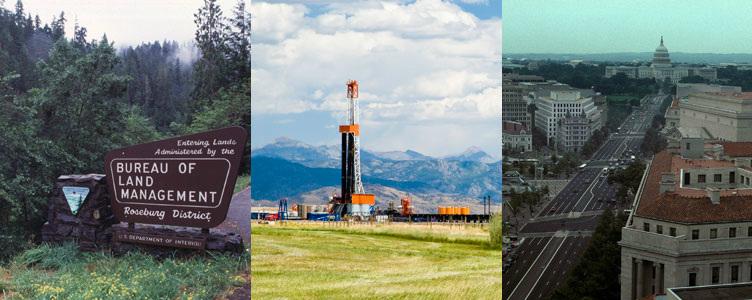Federal Oil and Gas Leasing: The Status and Title Report
Why a Status and Title Report? A prudent company, before drilling on a lease — sometimes even before purchasing an interest in a lease — will commonly want to obtain a title opinion on lands covered by the lease. To do so, the company will retain a qualified attorney working in the area, who will furnish such an opinion following an examination of the county (or parish) records. For a federal lease, however, there is an additional layer of requirements that must be met to establish the validity of a lease and its record ownership. There must be compliance with federal laws and regulations by the Bureau of Land Management in the way that the lease is issued; by the applicant in qualifying to receive the lease; by the parties to assignments who wish to convey interests in the lease; and by the lessee in seeking to maintain the lease in effect. A title opinion that is based only on an examination of county records may not be able to determine compliance with this additional layer of requirements. There will usually be essential information in the BLM records that will not be found in the county — just as there will usually be information in the county records that is not possessed by BLM. For a federal lease, the full picture can be obtained only if both sets of records, and the issues that each of them presents, are examined and analyzed. It is for this reason that this office provides a status and title report on a federal oil and gas lease — an opinion based on examination of the BLM records for the lease and lands in question. Such a report is frequently furnished to the attorney who is preparing the title opinion based on the county records, so that it can be incorporated into that opinion, giving the client a product that covers both sets of issues on which his transaction depends.
What Does a Status and Title Report Cover? In addition to basic data — who, what, when, etc. — a typical status and title report considers several areas affecting a federal lease:
(1) Land status — Does the lease description conform to the official government plats of survey? Have rental payments been based on the correct acreage? If leased as acquired lands, was there severance from the public domain (from which point county records should establish the subsequent chain of title back into the U.S.)? Do the BLM tract books indicate any reservations or restrictions that would affect the lands’ availability? Does anything in the past leasing record for the lands call into question their availability for the present lease? Was the consent of the agency that administers the surface of the lands obtained as required? If leased under pre-1987 law, were the lands properly leased competitively or noncompetitively as the case may be?
(2) Award of lease — If leased noncompetitively, were the lands leased to the first qualified applicant? If leased competitively, were the lands leased to the highest responsible qualified bidder?
(3) Action subsequent to lease issuance — What transfers of lease interests are shown in the record, and do they appear to have been properly executed, filed, and approved? Have all required rentals been timely paid in the proper amounts? Has there been a determination of a well capable of production in paying quantities for the lease, or other action that would affect the continuation of the lease term?
Any questions raised by the BLM records with respect to any of these areas are addressed through conditions and requirements. The status and title report concludes with findings, based on all of the foregoing, as to validity of lease issuance; ownership of lease interests; and continued effectiveness of the lease.

